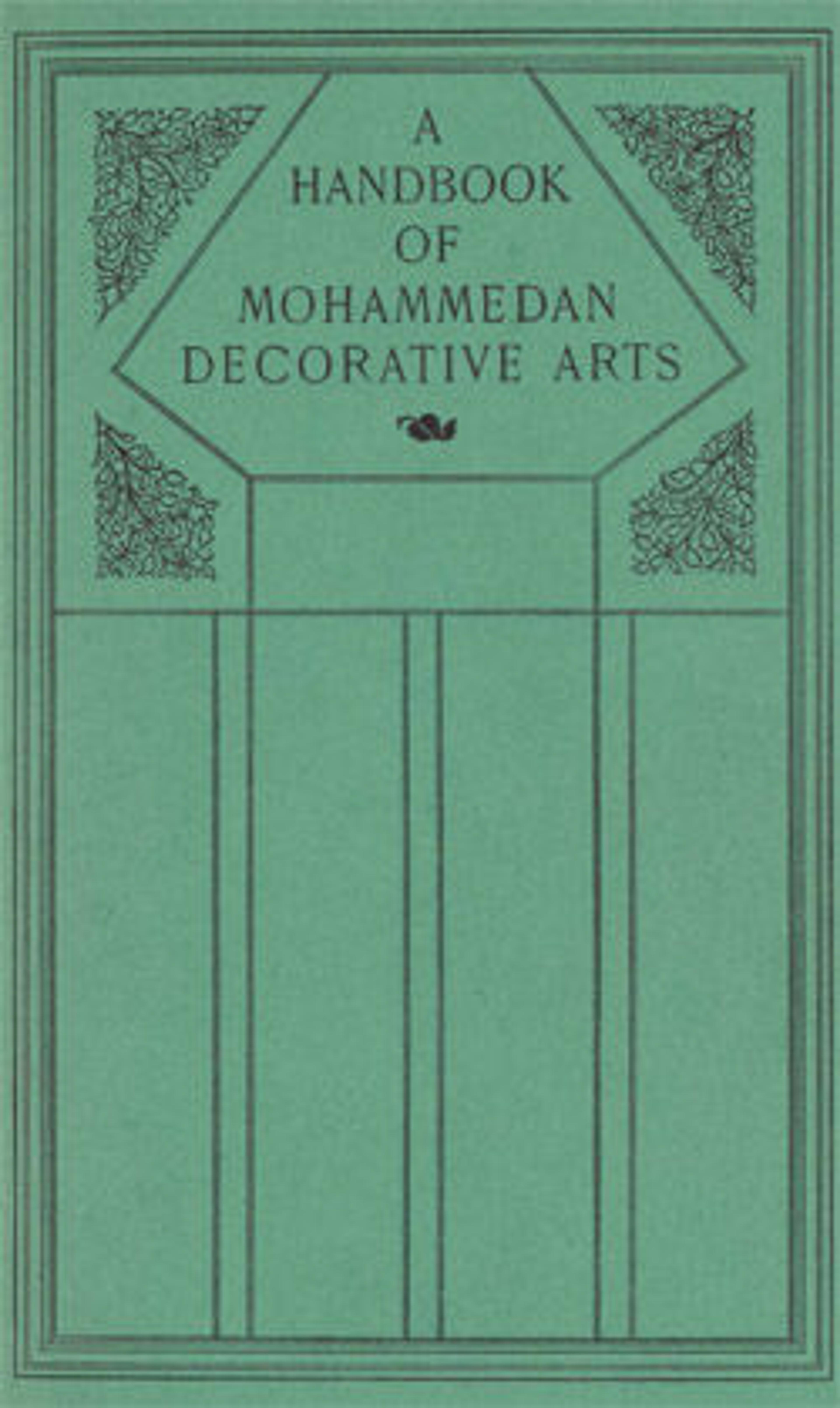Krishna Subduing Kaliya, the Snake Demon: Folio from a Bhagavata Purana Series
In this celebrated scene vividly described in the Bhagavata Purana, Krishna battles Kaliya, a hundred-headed serpent (naga) who was poisoning the river Yamuna. At first, Krishna was ensnared in the demon’s mighty coils, but he sprang free by summoning the power of the universe and trapping the snake beneath his foot. The snake submitted to Krishna’s supreme powers and the river was purified. Kaliya’s wives, seen here with serpent bodies, pleaded with Krishna to show mercy to their husband, which he granted. The dramatic composition foregrounds the beauty and power of Krishna to restore order in the world of men.
Artwork Details
- Title:Krishna Subduing Kaliya, the Snake Demon: Folio from a Bhagavata Purana Series
- Artist:First generation after Manaku and Nainsukh
- Date:ca. 1785
- Culture:Northern India, Garwhal, Himachal Pradesh
- Medium:Opaque watercolor and ink on paper
- Dimensions:8 x 10 1/2 in. (20.3 x 26.7 cm)
- Classification:Paintings
- Credit Line:Rogers Fund, 1927
- Object Number:27.37
- Curatorial Department: Asian Art
More Artwork
Research Resources
The Met provides unparalleled resources for research and welcomes an international community of students and scholars. The Met's Open Access API is where creators and researchers can connect to the The Met collection. Open Access data and public domain images are available for unrestricted commercial and noncommercial use without permission or fee.
To request images under copyright and other restrictions, please use this Image Request form.
Feedback
We continue to research and examine historical and cultural context for objects in The Met collection. If you have comments or questions about this object record, please contact us using the form below. The Museum looks forward to receiving your comments.
